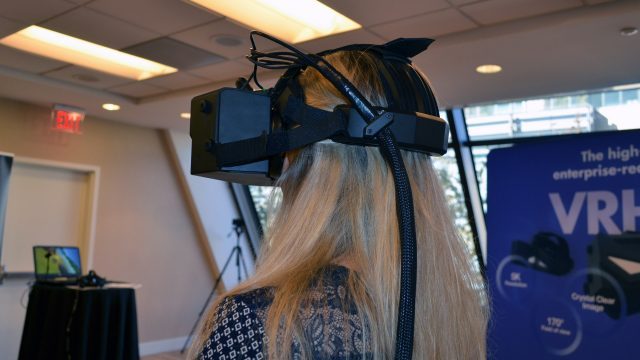Target Market

Speaking with the founders of VRgineers, this ‘clarity at all costs’ approach isn’t unknown to them, in fact, it’s the design goal. Not that they don’t want the headset to be smaller or more comfortable, but they claim they wanted to see what it would take to achieve the best image quality they could, and then try to improve the headset from there without sacrificing that aspect.
And this may be a perfectly valid strategy given the company’s target market. They aren’t positioning the VRHero as a consumer headset—as the $9,000 price tag makes blatantly obvious—they’re building it for enterprises that value image quality over overall Presence. The majority of the company’s customers so far are CAD oriented—like car designers, architects, and interior designers—who want to be able to validate the look of their design choices before spending money on expensive physical mockups and prototypes. They don’t necessarily need peak Presence for that, but they often need as much image clarity as they can get.
That’s not to say the VRHero “5K” Plus won’t get smaller. The founders told me they are certainly hoping to improve the ergonomics of the headset by reducing the size and weight, starting with new lenses that they say are designed to be able to move closer to the displays. They also hope to eliminate the blurring on the left and right of the field of view, and add automatic IPD adjustment into the headset via eye-tracking.
Ultimately though, they say that maintaining top visual fidelity is their main priority, and the rest is driven by feedback from their clients.






